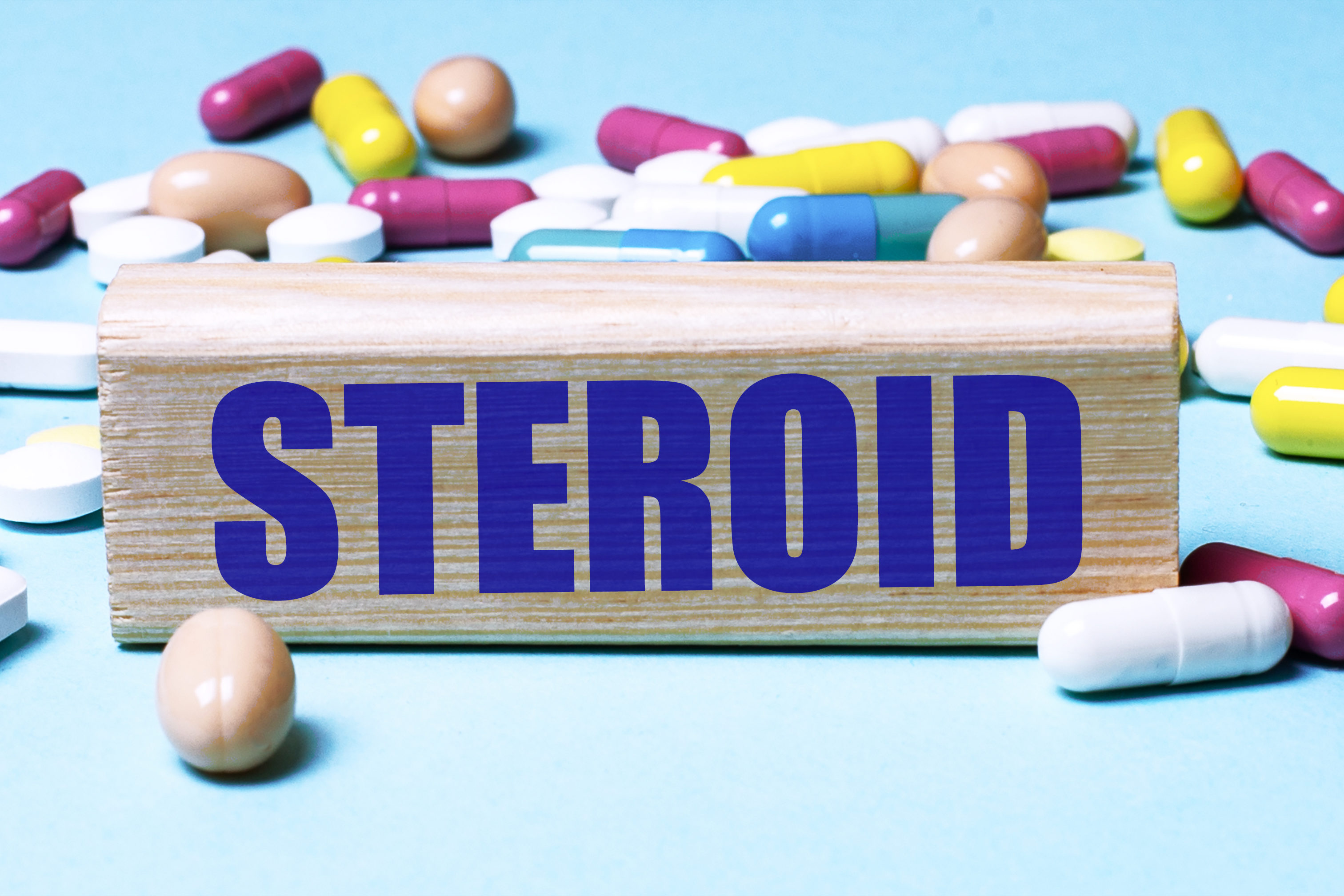The Effect of Anabolic-Androgenic Steroids on Criminal Behavior
As anabolic-androgenic steroid (AAS) use has become a major problem in recent years, it is now considered to be a substance use disorder that affects tens of millions of people. Some of these people develop violent or criminal behaviors that are not consistent with their usual personality or character. Of course, these behaviors may also be partially attributed to an individual’s psychopathology or cultural influences, however, more and more evidence is becoming available suggesting that they also may be attributed to the biological effects of AAS. Data suggests that they may affect the brain regions responsible for emotional reactivity and cognitive control, which are the amygdala and the frontal cortex, respectively. The amygdalae are parts of the frontal cortex involved in executive function which normally limits aggression and violence. In long-term AAS users, there are reports of the right amygdala being enlarged on functional MRI, that might reflect impairment of the amygdala-frontal cortex circuit in these users, which is associated with increased risk for reactive violence, suggesting that there could be reduced cognitive control over aggressive and violent behaviors. Collectively, findings also support the possibility that the abnormally high androgen and testosterone levels attained during AAS use could alter brain structure and connectivity. That being said, most AAS users have very few behavioral effects, but others, a minority, may develop severe effects. There is definitely a cause for further research to be performed.
AAS were used by elite athletes as early as the 1950’s, but widespread use by the general population did not become popular until the 1980’s and 1990’s. This is why studies into this phenomenon only go back a few decades.
Anecdotal reports in the 1980’s suggested that AAS users might develop “manic” or “hypomanic” syndromes characterized by aggression, violence, impaired judgement, irritability, hyperactivity, exaggerated self-confidence, and sometimes even psychotic symptoms such as paranoia and grandiose delusions. Since the 1980’s multiple studies and case reports reported increased hostility, anger, aggression, violent attitudes, and violent behavior. However, most of these effects appear to be idiosyncratic in that these AAS users have few psychiatric effects. However, a minority do experience severe mood and/or personality changes. Within these reports, there have been several descriptions of men with little to no history of violence or criminal behavior prior to the AAS use who did commit murder or attempt to commit murder while using AAS. Other reports noted violent or criminal behavior that was totally uncharacteristic for the individual prior to the AAS use. Some studies noted that men who did exhibit irritability, aggressiveness, and grandiosity while on AAS returned to a “normal” mental status within two months of stopping AAS. A study in Sweden evaluated 32 AAS users seeking treatment. Their criminal records proved that their AAS use was associated with a greater frequency and severity of violent crimes.

Although there seems to be considerable evidence linking AAS use with aggressive or violent behavior, the individual’s premorbid personality, personal trauma history, psychiatric/medical history, and peer influences within the AAS subculture, should be taken into account. Their history of pre-existing psychiatric disorders or aggressive tendencies may cause them to use AAS versus the AAS causing the aggression. These AAS users also may be using other types of drugs such as alcohol, illegal drugs, and/or opiates which would further compound the issue. There have been twin studies done where one twin was on AAS and the other was not. The twin using AAS became aggressive and violent, leading them to commit crimes, while the twin not on AAS reported no criminal activity. Controlled trials began in the 1990’s using placebos. However, most of these studies used a much smaller dose of testosterone that is used by most AAS users in actuality.
In general, the accumulated evidence from the literature review showed that high doses of AAS can cause some individuals to develop substantial mood and personality changes, to display aggressiveness, violence, or criminal behavior, which is entirely different from their usual personalities. Thus, this is most likely biologically based, not explained by premorbid psychopathology, sociocultural influences, or expectational effects. As early as 2003, one group of investigators concluded that “…after considering the breadth of the anabolic steroid scientific literature, it would seem that the finding that AS [anabolic steroids] promote aggression meets the Daubert criteria [the American legal standard indicating that a concept is sufficiently scientifically established to be admissible in court testimony].” The literature has continued to support this conclusion to this day.
Forensic and Clinical Considerations:
Despite the evidence, it may be difficult to establish causality in a specific case of an AAS user. First, it must be established that this individual was actually using AAS at the time of the behavior. Since these users typically use AAS in “cycles,” even if the individual is a known AAS user, it must be proved that he was “on-cycle” when the behavior occurred. There is very little evidence that these reactions can happen when “off-cycle.” Therefore, the individual’s word may not be trustworthy as to when he/she was on or off the AAS. False-negatives and false-positives can occur in forensic settings either because of denial of use or because they hope to use the AAS as a mitigating factor in their defense.

Current AAS use is determined using urine testing which is expensive and only available in a few specialized laboratories. It also doesn’t prove “current” use. Other lab tests such as greatly reduced HDL cholesterol, elevated hematocrit, and abnormal serum testosterone levels may assist in proving current AAS use. If the individual has gynecomastia or truncal acne on physical examination, then these findings may also prove current AAS use. However, since these tests actually prove current use, one must rely on the individual’s own report or reports from witnesses. Of course, the longer the time between commitment of the crime and testing of the individual, the more difficult it is to prove concurrent use at the time of the crime. Even if it is unequivocally proven that the individual was using AAS during an episode of violent or criminal behavior, a causal role for AAS cannot be postulated unless it can be proven that such behaviors occurred exclusively at a time or times when exposed to AAS. An evaluation must be done which would entail a detailed psychiatric interview, a review of mental health records, a review of medical records, an assessment of their criminal record, and corroboration from impartial outside observers who have known the individual long-term. Also, it must be proven that there were no other influences at the time such as drugs, alcohol, etc.
However, there are several stereotypic features of AAS-induced violence or criminal behavior that may help an evaluator’s index of suspicion. 1) Obsessionality: One misunderstanding is of “roid-rage,” which suggests that these AAS users display abrupt outbursts of temper or sudden acts of violence when in reality it is more common for the user to have a “slow boil” rather than a sudden outburst. They describe chronic obsessional preoccupations that they can’t get out of their heads. 2) Anosognosia: This is when an individual is unaware they are ill. The AAS user may exhibit partial or complete anosognosia with little or no awareness at the time that their behavior was abnormal, being in shock or perplexed when the facts become clear to them later on. 3) Invincibility: These users report a near-delusional feeling that nothing can harm them and that they couldn’t possibly suffer any consequences for their behavior. They report a striking loss of reality testing.
References
Pope, Jr., H., Kanayama, G., Hudson, J., & Kaufman, M. (2021, Sept). Anabolic-Androgenic Steroids, Violence, and Crime: Two Cases and Literature Review. The American Journal on Addictions, 30(5), 423-432. doi:https://doi.org/10.1111%2Fajad.13157
Don’t miss our newsletter! Topics covered are:
Assault / Trauma
DUI / General Medical
Child & Elder Abuse / Neglect
Mental Health / Toxicology
Sign up here.











